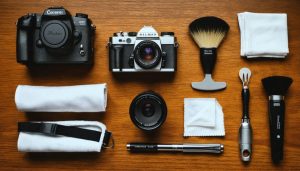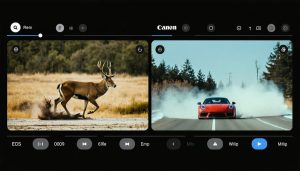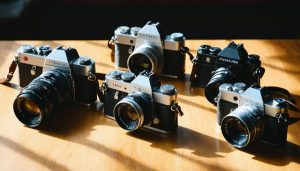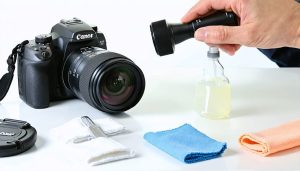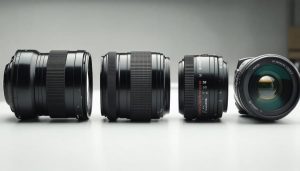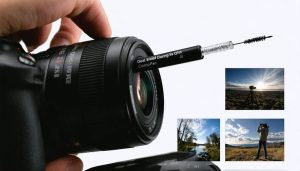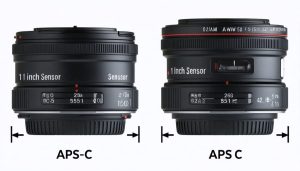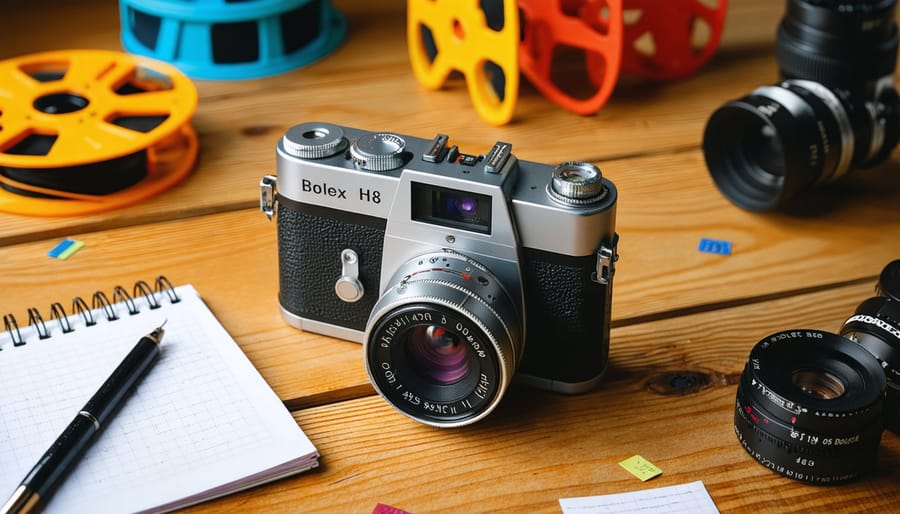
The rhythmic whir of a vintage 8mm camera transports us to an era when filmmaking was a tangible, mechanical art form. These compact marvels, popularized in the 1950s and 60s, revolutionized home moviemaking by putting professional-quality film capabilities into everyday hands. From the iconic Bolex H8 to the consumer-friendly Kodak Brownie, 8mm cameras represent a pivotal moment in visual storytelling, combining precision engineering with artistic expression. Today, these cameras are experiencing a renaissance among digital-age creators who cherish their distinctive aesthetic, mechanical reliability, and the unique grain structure of 8mm film. Whether you’re a collector seeking to preserve cinematic history or a modern filmmaker exploring analog techniques, these cameras offer an authentic connection to photography’s golden age, delivering a warmth and character that digital filters can only approximate.
The Golden Age of 8mm Cameras
From Home Movies to Artistic Expression
While 8mm cameras initially found their place in countless American homes as tools for documenting family milestones and holidays, their role gradually evolved into something far more artistic. In the 1960s and 70s, experimental filmmakers discovered that these accessible cameras offered unique creative possibilities. The natural grain, distinctive color rendering, and occasional light leaks that might have been considered imperfections in home movies became cherished artistic elements.
Independent filmmakers began embracing 8mm cameras for their raw authenticity and intimate feel. The limitations of these cameras – including short film duration and manual focus – forced creators to think more carefully about composition and timing, leading to more thoughtful and deliberate cinematography. This artistic approach influenced music videos, independent films, and even mainstream cinema, where directors occasionally incorporate 8mm footage to evoke nostalgia or create specific moods.
Today, contemporary artists continue to use vintage 8mm cameras alongside modern equipment, appreciating their unique aesthetic qualities and the intentional, mindful approach they require. The imperfections and character of 8mm footage provide a refreshing contrast to the clinical perfection of digital imagery.
Key Manufacturers and Iconic Models
Several manufacturers dominated the 8mm camera market during its golden age, with Bell & Howell leading the charge through their iconic Filmo series. The Filmo 70, introduced in 1923, became a benchmark for quality and reliability, while their later Double 8 models remained popular among amateur filmmakers throughout the 1950s and 1960s.
Kodak’s influence can’t be understated, with their Brownie Movie Camera revolutionizing home moviemaking in the 1950s. The Brownie’s simplicity and affordability made 8mm filming accessible to the average family, while their sophisticated Cine-Kodak series catered to more serious enthusiasts.
Bolex, a Swiss manufacturer, produced the highly regarded H-8 series, known for their precision engineering and professional features. The H-8 Rex became particularly sought after for its variable speeds and precision timer. Canon also made significant contributions with their Cine Canonet series, featuring innovative auto-exposure systems.
Japanese manufacturers like Yashica entered the market later but made a strong impact with models like the 8-E and 8-EE, which combined quality optics with competitive pricing. These cameras remain popular among collectors today for their reliability and distinctive design elements.
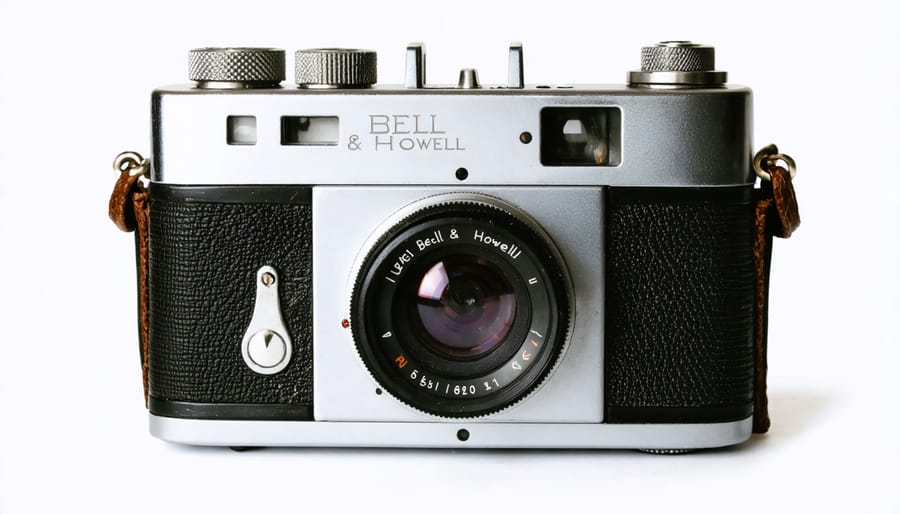
Collecting 8mm Cameras Today
What to Look For When Buying
When shopping for a vintage 8mm camera, several crucial factors can make the difference between finding a gem or ending up with a paperweight. First, check the camera’s mechanical condition by gently operating all controls. The winding mechanism should move smoothly, and the viewfinder should be clear. Listen for any grinding sounds, which could indicate internal damage.
Lens condition is paramount – look for fungus, scratches, or separation between lens elements. A clean lens with minimal wear can significantly impact your footage quality. The light meter, if present, may not work perfectly, but that’s less critical as modern light meters are readily available.
Pay special attention to the film gate and pressure plate. These should be clean and free from scratches that could damage film or affect image quality. The sprocket wheels should have all teeth intact and turn freely.
Some vintage 8mm cameras are considered valuable vintage cameras, so research specific models before purchasing. Popular brands like Bolex, Bell & Howell, and Canon often offer the best balance of quality and reliability.
Check if the camera accepts readily available film formats – regular 8mm or Super 8. Consider whether spare parts and repair services are accessible for your chosen model. Once you’ve found the perfect camera, learn proper maintenance techniques and consider creative ways of displaying your camera collection when not in use.
Don’t forget to test all speeds if possible, and remember that leather cases, original manuals, and accessories can add significant value to your purchase. Ask the seller about the camera’s history and any known issues before making your final decision.
Common Issues and Their Solutions
Vintage 8mm cameras, while built to last, often develop specific issues over time. Understanding these common problems and their solutions is crucial for maintaining vintage film cameras in working condition.
Light leaks are perhaps the most frequent issue, often caused by deteriorating light seals. These foam strips typically turn brittle and crumble with age. Fortunately, replacement light seal kits are readily available, and installation is a straightforward DIY project requiring basic tools and patience.
Sticky or sluggish shutters represent another common challenge. This usually results from old lubricants hardening over time. While professional servicing is the safest solution, careful cleaning with isopropyl alcohol can sometimes restore proper operation. Never force a stuck shutter, as this could cause permanent damage.
Film transport issues often plague these cameras, manifesting as jerky advancement or complete mechanism failure. Regular cleaning of the film path and sprocket wheels can prevent most transport problems. If the spring mechanism feels weak, it may need professional attention.
Viewfinder fogging or fungus growth can obscure your shot composition. While external cleaning is safe, internal fungus removal should be handled by a specialist to avoid damaging delicate optical elements.
Battery compartment corrosion is common in models requiring electrical power. A gentle cleaning with white vinegar and a cotton swab can often restore connectivity. For severe cases, replacement battery adapters are available for many popular models.
Remember that prevention is better than cure – store your camera in a dry environment with silica gel packets, and exercise all mechanical components regularly to prevent seizure.
Using 8mm Cameras in Modern Photography
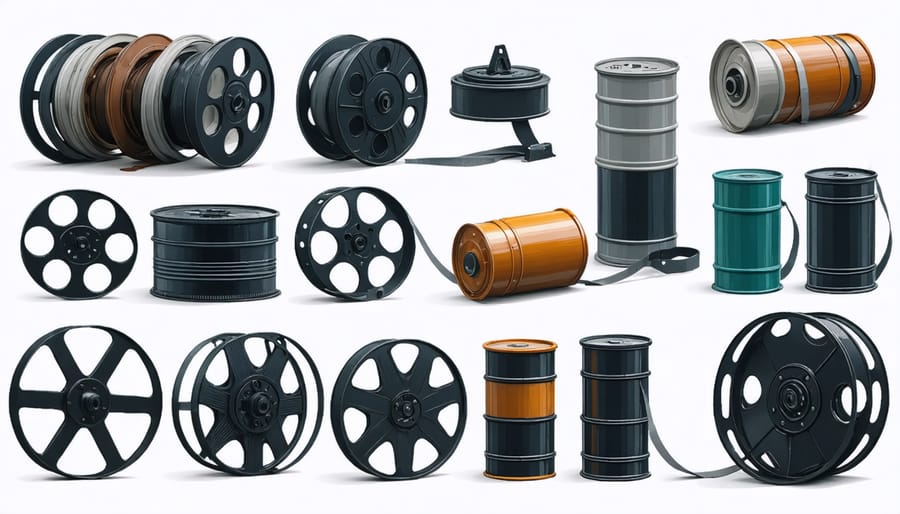
Film Options and Availability
While 8mm film isn’t as readily available as it once was, several options still exist for vintage camera enthusiasts. Kodak remains one of the primary manufacturers, offering Super 8 film in both color and black-and-white variants. Their most popular option is the Tri-X reversal film, which provides excellent contrast and classic grain structure.
Pro8mm, based in California, offers factory-fresh film stock and even provides specialized processing services. They’ve developed modern modifications of traditional film stocks, including several color-negative options that provide enhanced flexibility in post-processing.
For those seeking more affordable alternatives, Foma produces black-and-white reversal film that delivers beautiful monochromatic results. Film Photography Project occasionally stocks limited runs of specialty films, including unique color stocks and experimental emulsions.
When purchasing film, reliable sources include specialized photography stores, online retailers like B&H Photo and Adorama, and dedicated film suppliers. Many local camera shops still maintain refrigerated film storage and can special order specific stocks upon request.
Remember that proper storage is crucial – keep your film refrigerated until use, and be mindful of expiration dates. While expired film can produce interesting effects, it’s best to start with fresh stock when learning to use your vintage 8mm camera. Most suppliers also offer processing services, though these are becoming increasingly specialized and may require mail-order processing.
Technical Considerations
Operating an 8mm camera requires attention to several key technical aspects. First, check the film gate and pressure plate for debris or damage, as these can affect image quality. The film loading process is crucial – ensure proper threading through the gate and take-up spool to avoid jamming or film damage.
Most 8mm cameras operate at 16 or 18 frames per second, though some offer variable speeds. When shooting, maintain steady hand-held operation or use a tripod for smoother footage. The viewfinder typically shows a slightly different view than what’s captured, known as parallax error, so compensate by adjusting your framing, especially for close-up shots.
Light metering is essential but can be tricky with vintage models. Many 8mm cameras have built-in meters, but these may be inaccurate due to age. Consider using a separate light meter or the sunny 16 rule as a backup. The standard aperture range typically spans f/1.9 to f/16, with most cameras featuring fixed focal length lenses around 13mm.
Battery-dependent cameras often need modification to work with modern batteries, as mercury cells are no longer available. For spring-driven mechanisms, regular winding is necessary – listen for the distinctive clicking sound that indicates full tension.
Remember to clean the lens regularly and handle the camera with care. Focus can be challenging, so practice zone focusing techniques. Keep spare film on hand, as each roll only provides about 3-4 minutes of shooting time. With proper maintenance and understanding of these technical considerations, your vintage 8mm camera can continue capturing moments with its distinctive classic look.
Digital Integration
Bridging the gap between vintage 8mm footage and modern digital workflows has become increasingly accessible, offering exciting possibilities for preserving and sharing these classic memories. The process typically begins with digitization, where 8mm film is carefully converted to digital format using specialized film scanners or professional transfer services.
For hobbyists, affordable film scanners like the Wolverine or Pinnacle systems offer a DIY approach to digitization. These devices capture each frame of your 8mm film and convert it into digital files that can be edited on your computer. Professional services, while more expensive, often provide higher quality results with frame-by-frame scanning and color correction.
Once digitized, 8mm footage can be enhanced using modern editing software like Adobe Premiere Pro or DaVinci Resolve. These tools allow you to adjust color balance, remove dust and scratches, stabilize shaky footage, and even slow down or speed up your clips. Many editors appreciate how the distinctive grain and character of 8mm film add a unique aesthetic to digital projects.
Creating hybrid projects that combine vintage 8mm footage with modern digital video has become a popular trend. Documentary filmmakers often integrate original 8mm footage with contemporary interviews, while wedding videographers might mix new digital footage with old family films to create meaningful narratives.
For preservation, digital copies can be stored on hard drives, cloud services, or archival-grade digital media. This ensures that precious 8mm memories remain accessible for future generations while protecting the original film from deterioration or damage through repeated viewing.
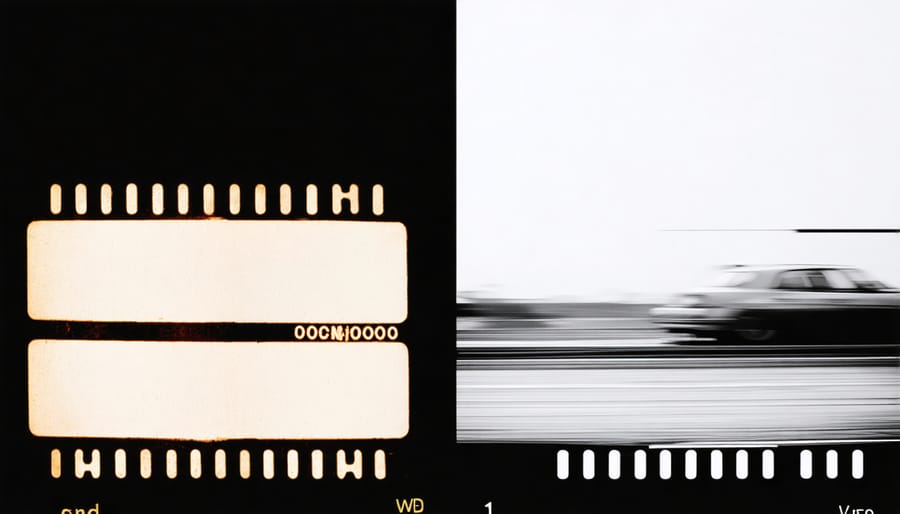
Why Choose 8mm Over Modern Alternatives
In an age of digital convenience, choosing an 8mm camera might seem counterintuitive, but these vintage devices offer unique advantages that modern equipment simply can’t replicate. The distinct aesthetic of 8mm film creates a warm, organic look with natural grain patterns and color rendition that digital filters struggle to emulate authentically.
The mechanical nature of 8mm cameras forces photographers to slow down and think deliberately about each shot. With limited film length and manual controls, every frame becomes precious, encouraging thoughtful composition and timing. This methodical approach often leads to more meaningful and considered photography.
Another compelling reason to choose 8mm is the tangible, physical nature of film. Unlike digital files that can be lost in hard drive crashes or become obsolete with changing technology, properly stored 8mm film can last for decades. The process of handling and developing film creates a deeper connection to the craft of photography.
The simplicity of vintage 8mm cameras also means fewer technical distractions. Without menus, settings, and digital displays to navigate, photographers can focus purely on the fundamental elements of image-making: composition, lighting, and timing. This straightforward approach often leads to more creative and instinctive shooting.
For many, the imperfections and unexpected results that come with shooting 8mm film add an element of excitement and uniqueness to their work that’s hard to achieve with modern equipment. Each roll becomes a surprise, making the development process an adventure in itself.
The enduring appeal of 8mm cameras extends far beyond mere nostalgia. These remarkable devices represent a unique intersection of mechanical craftsmanship and artistic expression that continues to captivate photographers and filmmakers today. While digital technology offers convenience and immediate results, vintage 8mm cameras provide an intentional, mindful approach to image-making that many find deeply satisfying.
For collectors and enthusiasts, these cameras offer tangible connections to photography’s rich history, while still serving as practical tools for creative expression. Despite their age, many 8mm cameras remain fully functional, testament to their robust construction and timeless design. However, potential buyers should carefully consider factors like maintenance requirements, film availability, and processing options before making a purchase.
The investment in an 8mm camera goes beyond monetary value – it’s an investment in a different way of seeing and capturing the world. Whether you’re drawn to their mechanical precision, artistic possibilities, or historical significance, these cameras offer a unique perspective on image-making that remains relevant in our digital age. As long as there are photographers seeking authentic, hands-on experiences, vintage 8mm cameras will continue to hold their special place in the world of photography.

